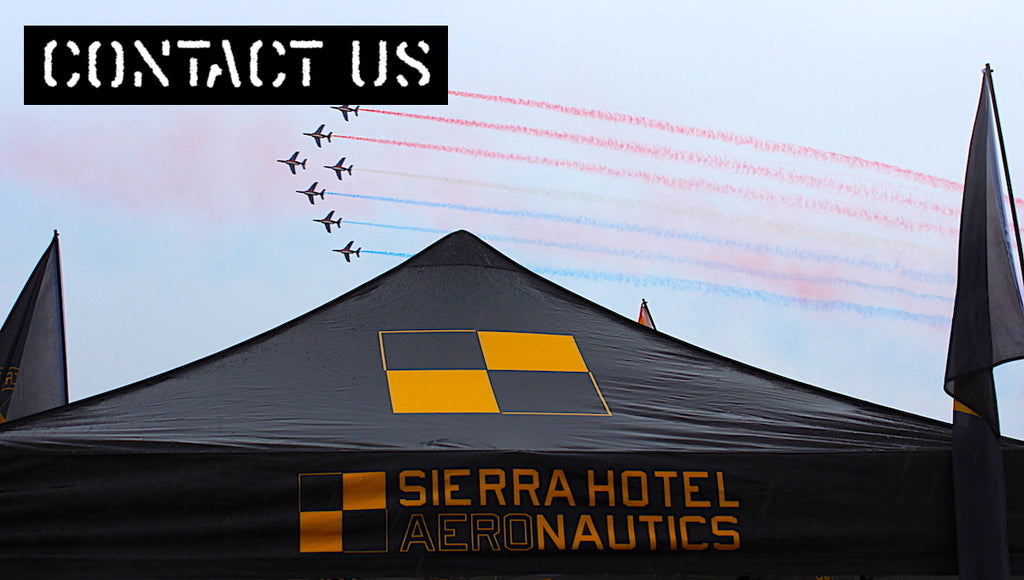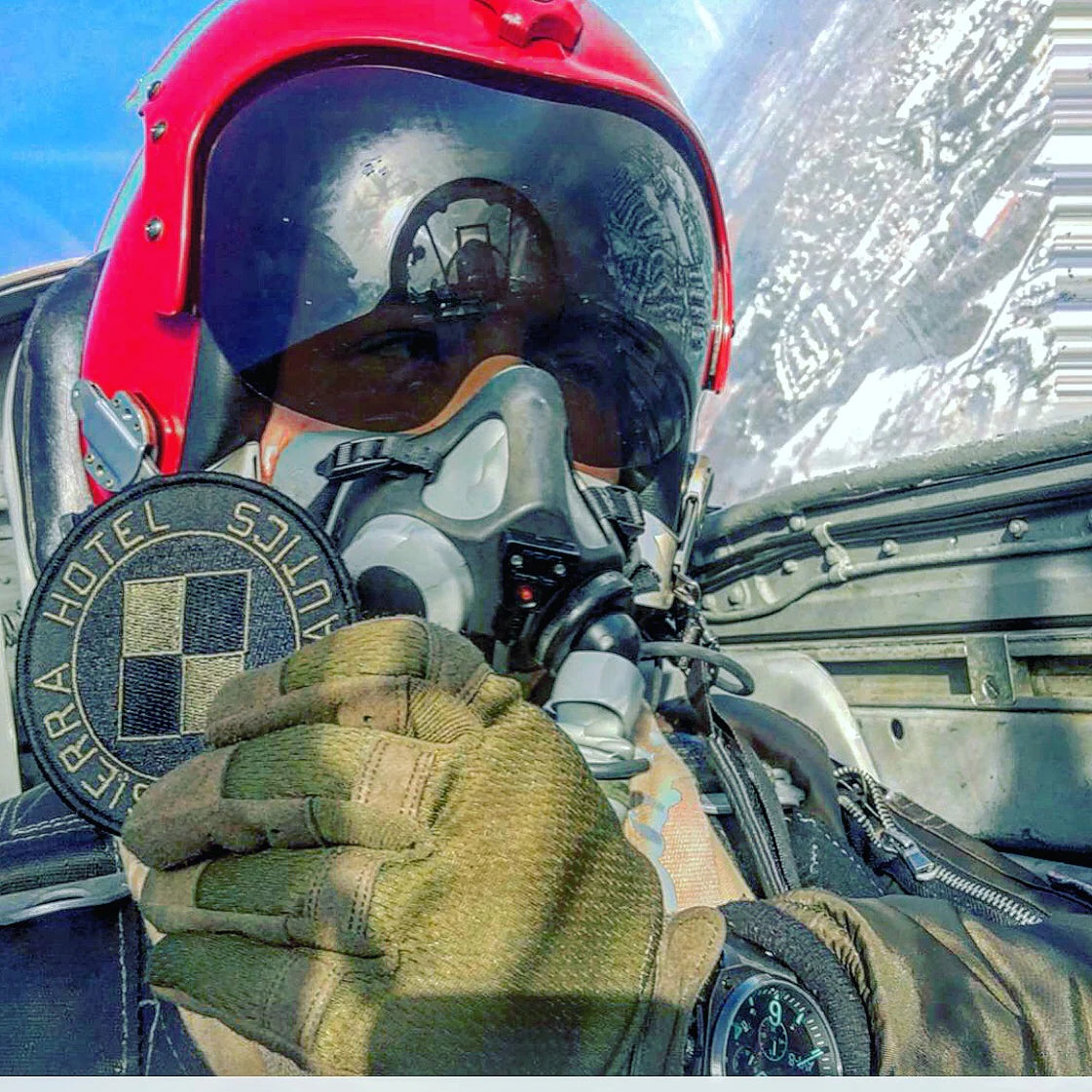The China Clippers

Three Martin M-130 Martin Ocean Transport flying boats were designed and built by the Glenn L. Martin Company in Baltimore, Maryland, for Pan American Airways in 1935. Although each clipper that joined the Pan American fleet to serve on their Trans-Pacific routes was given an individual name, collectively they were known as the China Clippers.
China Clipper (NC-14716) October 1935, Philippine Clipper (NC-14715) November 1935, Hawaiian Clipper (NC-14714) March 1936
.

.
On November 22, 1935, the China Clipper, the first of three Martin M-130 flying boats built for Pan American Airways, shook off the waters from Alameda, California in an attempt to deliver the first airmail cargo across the Pacific Ocean. The inaugural flight plan called for the China Clipper to fly over the San Francisco–Oakland Bay Bridge, which was still under construction at the time. Fully laden with its air mail cargo, Captain Edwin C. Musick and First Officer R.O.D. Sullivan pushed the throttles forward on the four Pratt & Whitney 830 hp Twin Wasp engines. The China Clipper started to plow through the bay waters, slowly gaining momentum. As the Capt pulled back on the yoke to unstick from the ocean surface, he began to realize that the Bay Bridge was closing in fast, and he would not be able to clear the structure. Faced with no other options, the crew decided to commence the world-famous inauguration flight by pushing on the yoke and forcing the China Clipper under the bridge.
.

Cleared of her obstacles, NC-14716 climbed away from San Francisco, at her top speed of 180 mph, over the Golden Gate, and into the Pacific skies on her way into history.
Seven days later, on November 29, the China Clipper reached her destination, Manila, after travelling via Honolulu, Midway Island, Wake Island, and Guam, and successfully delivered over 110,000 pieces of mail. Thousands of people were there to greet her as she touched down. A special postage stamp was created for the first trans-Pacific air mail run, Scott Catalog C-20, which was printed for use on the transpacific service. With extended service, two more denominations were later issued. All three stamp designs show the M-130 in flight. Once loaded with US-bound mail, NC-14716 set course to return home. She became known as "Sweet Sixteen" by Pan American personnel. The "Sixteen" is a reference to the aircraft's registration number NC14716.
.

.
Once the routes were proven, a new and massive effort was put into preparing for the inauguration of the first Trans-Pacific route with passengers. The relatively short range of the Clipper meant the creation and placement of hotels, catering, docking facilities, roads and radio stations at all intermediate island stops along the route. Nearly five hundred thousand miles were flown in preparation for the route before any paying passengers were carried.
.

Finally, four years later, in October 1936 Hawaii Clipper NC-14714 left San Francisco on the first commercial transpacific passenger flight for Manila, stopping overnight at Honolulu, Midway Island, Wake Island and Guam. An S-42 began flying the Manila-Hong Kong route in 1937, and the Martins replaced it in 1938.
The clippers were, for all practical purposes, luxury flying hotels, with sleeping accommodations, dining rooms, fine foods served on china, and leisure facilities in addition to the luxurious aircraft seating.
.

.
On early flights, the crew outnumbered the passengers. with the Captain, First Officer, Junior Flight Officer, Engineering Officer, Assistant Engineering Officer, Radio Operator, Navigation Officer, and multiple cabin stewards. As a result, the price of a return air ticket say San Francisco to Honolulu was $1700, which is equivalent to $29000 in 2019. At that time in history, a brand-new automobile would run you about $600.
.
In July 1938, Hawaii Clipper disappeared between Guam and Manila with the loss of nine crew and six passengers. No cause was determined.
Once the Pacific war broke out, the China Clipper trans-Pacific passenger flights ceased, and due to the Clipper's range and capacity, it was determined that the remaining two China Clippers would commence service under the United States Navy. China Clipper was completely painted in olive drab with a large American flag below the cockpit.

.
One year later, the Philippine Clipper was on a civilian flight when she flew right through the surprise Japanese attack on Wake Island in December 1941, and amazingly, she came out relatively unharmed. Unfortunately, Philippine Clipper crashed in January 1943, between Ukiah and Boonville, California on a flight from Honolulu. Nineteen on board were killed, including ComSubPac Admiral Robert H. English.
The very last China Clipper remained in Pan Am service until January 8, 1945, when the China Clipper departed Miami on Pan Am's first scheduled flight to what is now Kinshasa in the Democratic Republic of the Congo. The route was planned via Brazil before crossing the South Atlantic Ocean. Making her first stop to refuel in Puerto Rico before flying on to Port-of-Spain. On her descent into Trinidad & Tobago, China Clipper made one missed approach, then came around for a second attempt. This time she touched down at too high a sink rate, and too nose-low in attitude. She hit the water a mile-and-a-quarter short of its intended landing area, breaking the hull in two which quickly flooded the aircraft and sank. Twenty-three passengers and crew were killed, and along with them, the last of the China Clippers was lost as she slipped into the Caribbean Sea.













pan am had a base at canton island for refuel stop for Australia flights. it was turned into a big runway during the war. my dad was stationed there in 42.
A very interesting article and I have learned more about the beautiful China Clippers than I ever knew. My father flew the Empire Flying Boats from 1937 to 1946 after about two years on HP 42’s and he had a fascinating flying career, but although he lived for flying he flew a desk for five years after the war then decided to return to Australia. I was born in South Africa in 1944 and can still remember parts of the flight back to Britain in an Empire Boat in late 1946.
Leave a comment